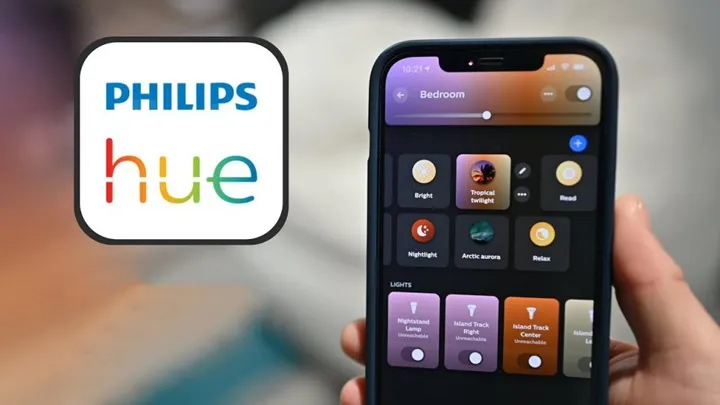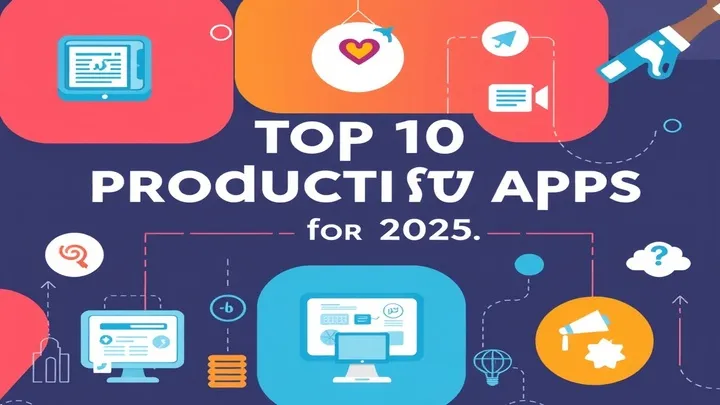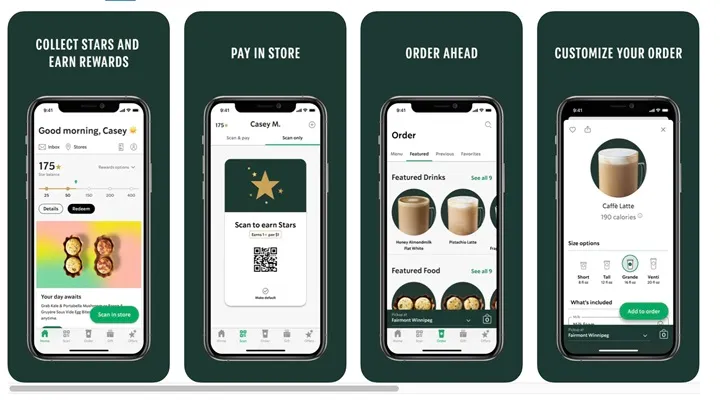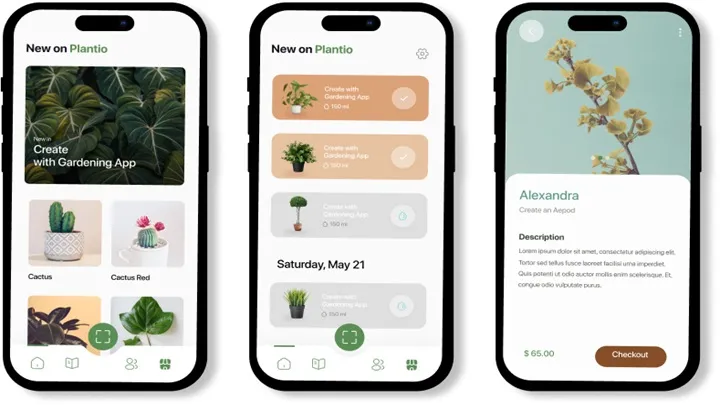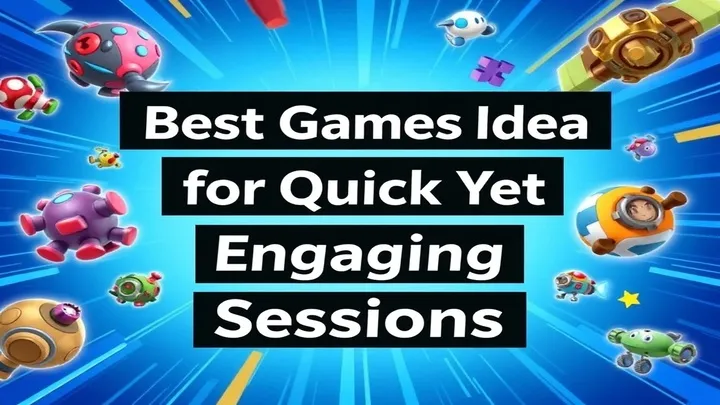As remote work continues to redefine the professional landscape, the need for effective productivity applications has never been greater. By 2025, businesses and individuals alike will rely on innovative tools designed to streamline workflows, enhance collaboration, and maximize efficiency. This article explores the top 10 productivity apps that are set to transform how we work, making it easier to stay organized and focused in an increasingly digital world.
1. Todoist Pro

Todoist Pro has established itself as a leader in task management. With its intuitive design and powerful features, it helps users prioritize tasks and manage projects effectively. In 2025, Todoist Pro introduces advanced AI capabilities that suggest task timelines based on user habits and deadlines.
Key Features:
- Smart Scheduling: Automatically schedules tasks based on deadlines and priorities.
- Collaboration Tools: Share projects with team members for seamless collaboration.
- Cross-Platform Integration: Available on various devices, ensuring access anytime, anywhere.
2. Notion 2025
Notion has evolved from a simple note-taking app into a comprehensive workspace that integrates documents, databases, and project management. The 2025 version enhances its AI features, allowing users to automate repetitive tasks and streamline their workflows.
Standout Aspects:
- All-in-One Workspace: Combine notes, tasks, and databases in a single platform.
- Customizable Templates: Use pre-designed templates or create your own for specific projects.
- AI-Powered Automation: Automate workflows and notifications for timely reminders.
3. Trello Advanced
Trello remains a favorite for visual project management, and its 2025 update introduces advanced features that enhance productivity. With a focus on automation and analytics, Trello Advanced helps teams track progress and identify bottlenecks in real-time.
Benefits:
- Enhanced Kanban Boards: More customizable and interactive boards for better visualization.
- Automated Workflows: Set triggers for automatic task assignments based on project progress.
- Analytics Dashboard: Gain insights into team performance and project timelines.
4. ClickUp 4.0
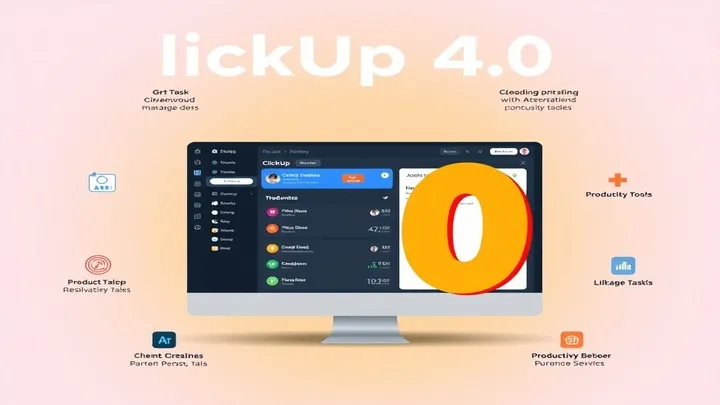
ClickUp is known for its versatility, combining task management, goal tracking, and time management into one platform. The 2025 version introduces AI reporting features that provide actionable insights and recommendations based on user data.
Key Capabilities:
- Unified Dashboard: View all tasks, projects, and goals in one place.
- Customizable Views: Switch between list, board, and calendar views based on preference.
- AI-Driven Insights: Receive data-driven recommendations to enhance productivity.
5. Microsoft OneNote 2025
Microsoft OneNote has long been a staple for note-taking and organization. In 2025, it integrates seamlessly with other Microsoft 365 tools and enhances its collaborative features, making it ideal for remote teams.
Highlights:
- Real-Time Collaboration: Work on shared notes simultaneously with team members.
- Multimedia Support: Easily incorporate images, audio, and video into notes.
- Tagging and Search: Quickly find relevant notes using tags and powerful search functionality.
6. Slack Pro
Slack continues to be a dominant player in team communication. The 2025 version focuses on enhancing productivity with features like threads, reminders, and integrations that help teams stay organized.
Why It Stands Out:
- Organized Communication: Use threads to keep conversations focused and manageable.
- Integrations: Connect with other productivity apps for a seamless workflow.
- Customizable Notifications: Tailor alerts to minimize distractions while maximizing engagement.
7. Asana Flow
Asana has always been a project management favorite, and the 2025 update, Asana Flow, introduces features that enhance automation and visualization. This makes it easier for teams to manage projects and track progress.
Core Features:
- Automated Task Assignments: Assign tasks automatically based on project status.
- Visual Project Timelines: Use Gantt charts to visualize project timelines and dependencies.
- Integration with Other Tools: Connect with apps like Slack, Google Drive, and Dropbox.
8. Zoom Workspaces
Zoom has expanded beyond video conferencing to offer a comprehensive workspace solution. In 2025, Zoom Workspaces integrates virtual collaboration tools, allowing teams to meet, brainstorm, and manage projects in one place.
Unique Selling Points:
- Integrated Whiteboards: Use digital whiteboards for brainstorming sessions.
- Breakout Rooms: Facilitate focused discussions in smaller groups during meetings.
- Task Management Features: Assign tasks directly from meetings and track progress.
9. Basecamp 3.0
Basecamp simplifies project management with its minimalistic design and powerful features. The 2025 version focuses on enhancing collaboration and transparency within teams, making it easier to stay aligned on goals.
Advantages:
- To-Do Lists: Create and assign tasks with deadlines for better organization.
- Message Boards: Foster communication by keeping discussions in one central place.
- Automatic Check-ins: Schedule regular status updates to keep everyone informed.
10. Miro Collaborative Whiteboard
Miro has become synonymous with online collaboration, providing an interactive whiteboard experience. In 2025, Miro enhances its features to support hybrid work environments, allowing teams to brainstorm and plan together seamlessly.
Standout Features:
- Real-Time Collaboration: Work together on the same board, regardless of location.
- Templates for Different Use Cases: Use pre-built templates for brainstorming, planning, and retrospectives.
- Integration with Other Tools: Connect with apps like Slack, Google Drive, and Zoom for a unified experience.
Conclusion
As we move into 2025, the landscape of productivity apps will continue to evolve, driven by the demand for efficient remote work solutions. The applications highlighted in this article are at the forefront of this transformation, offering innovative features that cater to the needs of modern teams. Whether it's managing tasks, collaborating on projects, or enhancing communication, these tools will empower individuals and organizations to work smarter and more effectively in the new era of remote work.










